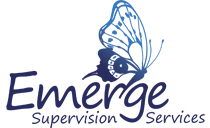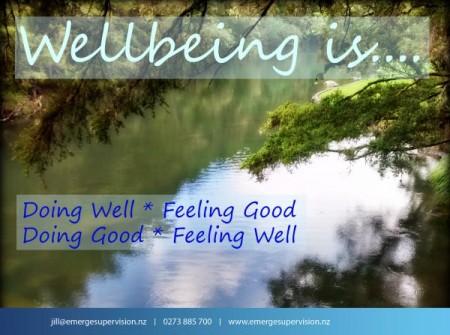Trying to define Wellbeing is a little like trying to define a smile. How people understand wellbeing will be different depending on the context but this is one definition I have come across that covers the bases for me.
Doing well * Feeling good
Doing good * Feeling well
I have been researching wellbeing for a workshop I am hosting in September at the Social Services Providers Aotearoa Conference 2015 being held here in Whangarei. “Maranga Mai! Standing Strong Together”. Wellbeing seems to have become an aspirational catch cry for this generation. We see it everywhere, from food supplements and fitness programmes, to self-help books and sociology research. So what is this somewhat nebulous concept of wellbeing and what does it mean to us in practical terms?
Research of individuals from more than 150 countries by the Gallup Institute helped identify five distinct factors which are universal elements of wellbeing. These differentiate a thriving life from one spent suffering and describe elements of our lives we can do something about. These five broad categories that are essential to most people world-over are:
Career Wellbeing – how you occupy your time or simply liking what you do everyday
Social Wellbeing – having strong relationships and love in your life
Financial Wellbeing – effectively managing your economic life
Physical Wellbeing – having good health and enough energy to get things done on a daily basis
Community Wellbeing – the sense of engagement you have with the area where you live
In the book “Wellbeing – The Five Essential Elements” Gallup researchers Tom Rath and Jim Harter state “If you are struggling with any one of these domains, as most of us are, it damages our wellbeing and wears on our daily life. When we strengthen our wellbeing in any of these areas, we will have better days, months and decades. But we’re not getting the most out of our lives unless we’re living effectively in all five.”
Amongst other things, what I aspire to do in my supervision is hold a space where my supervisee’s wellbeing can be explored, re-polished and returned to their workplace with new energy and practical tools to help them “like what they do everyday”.



